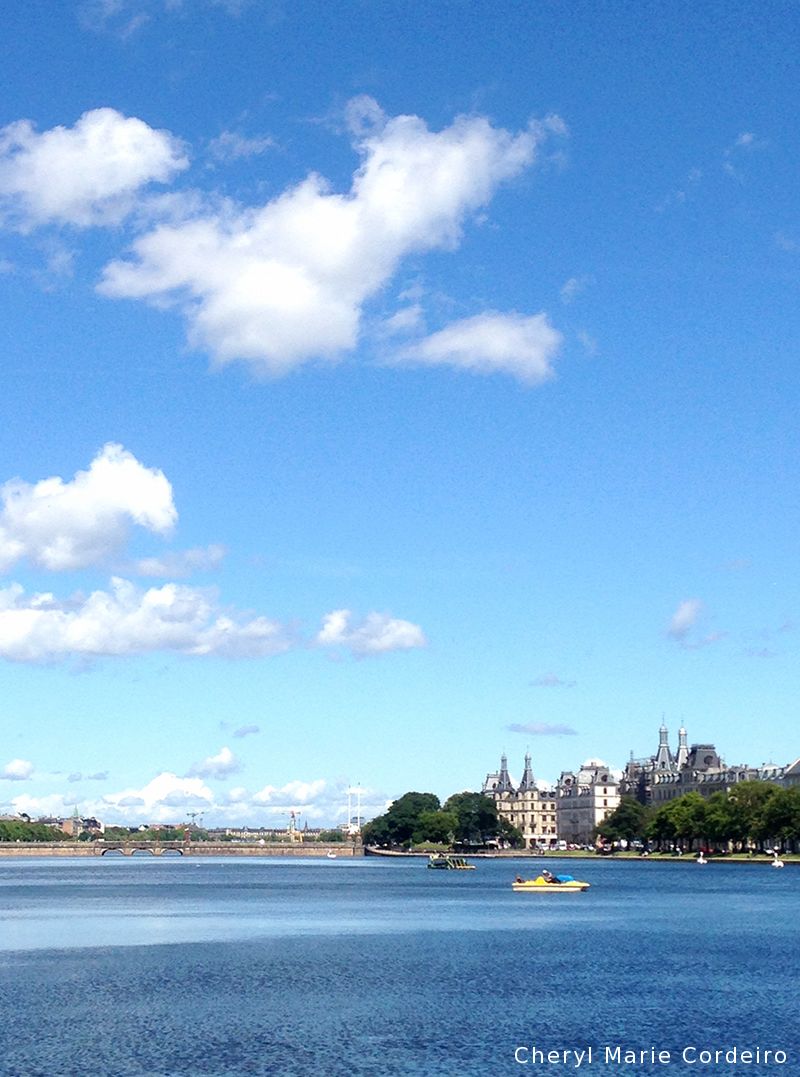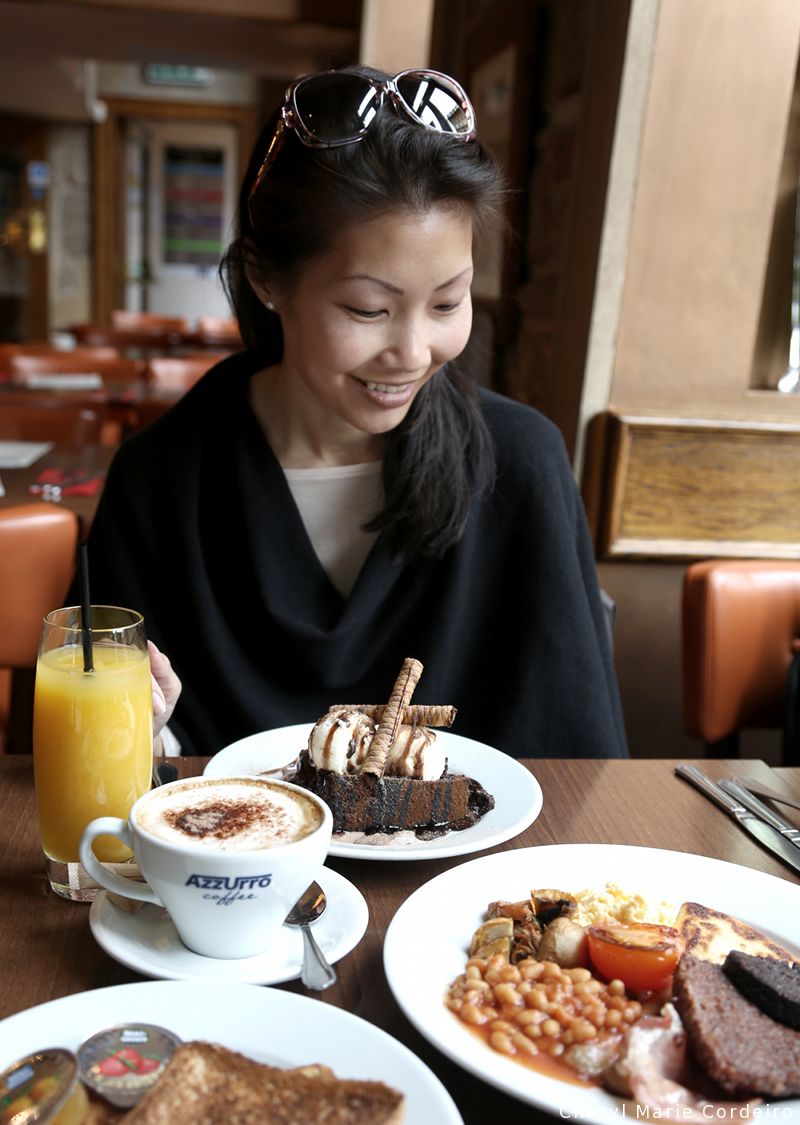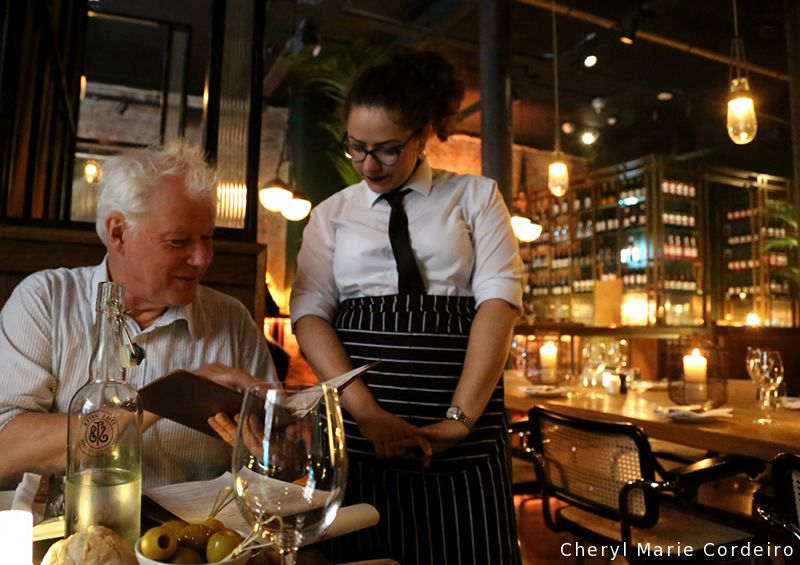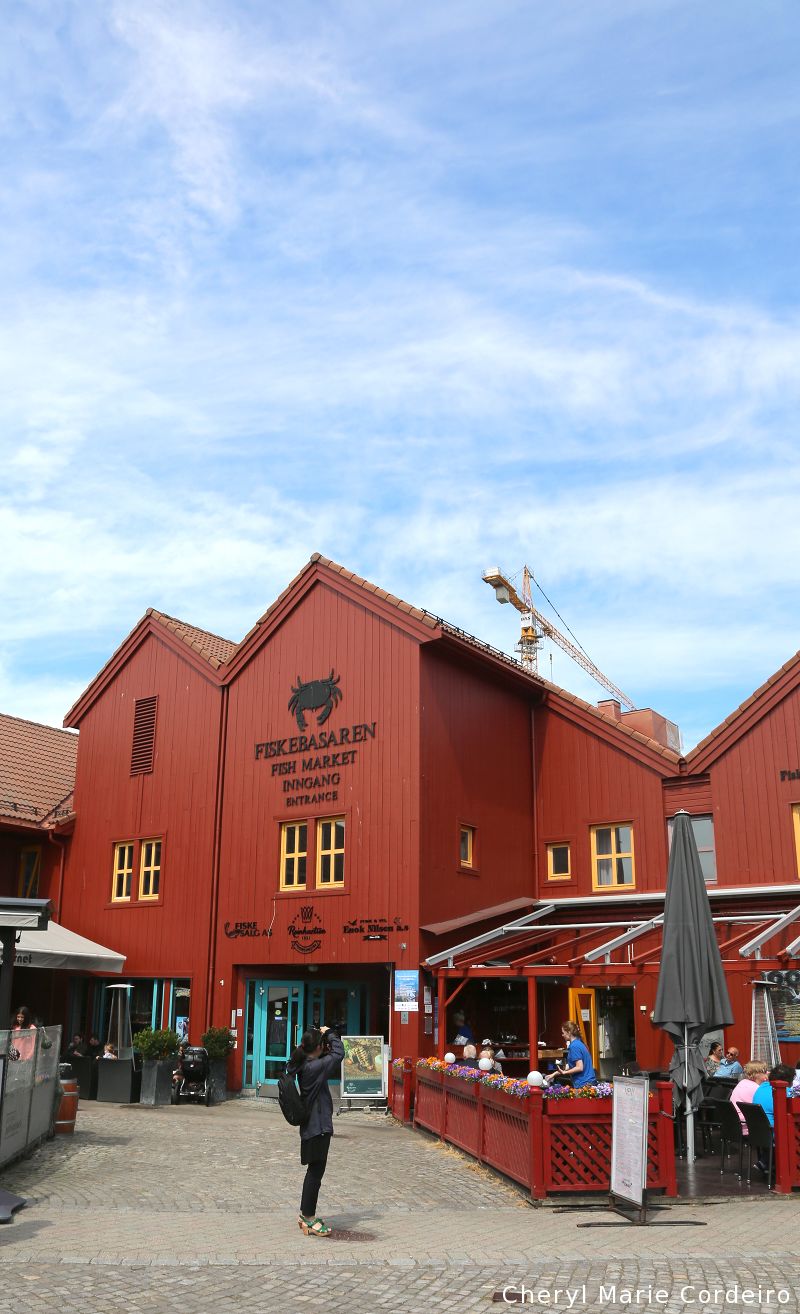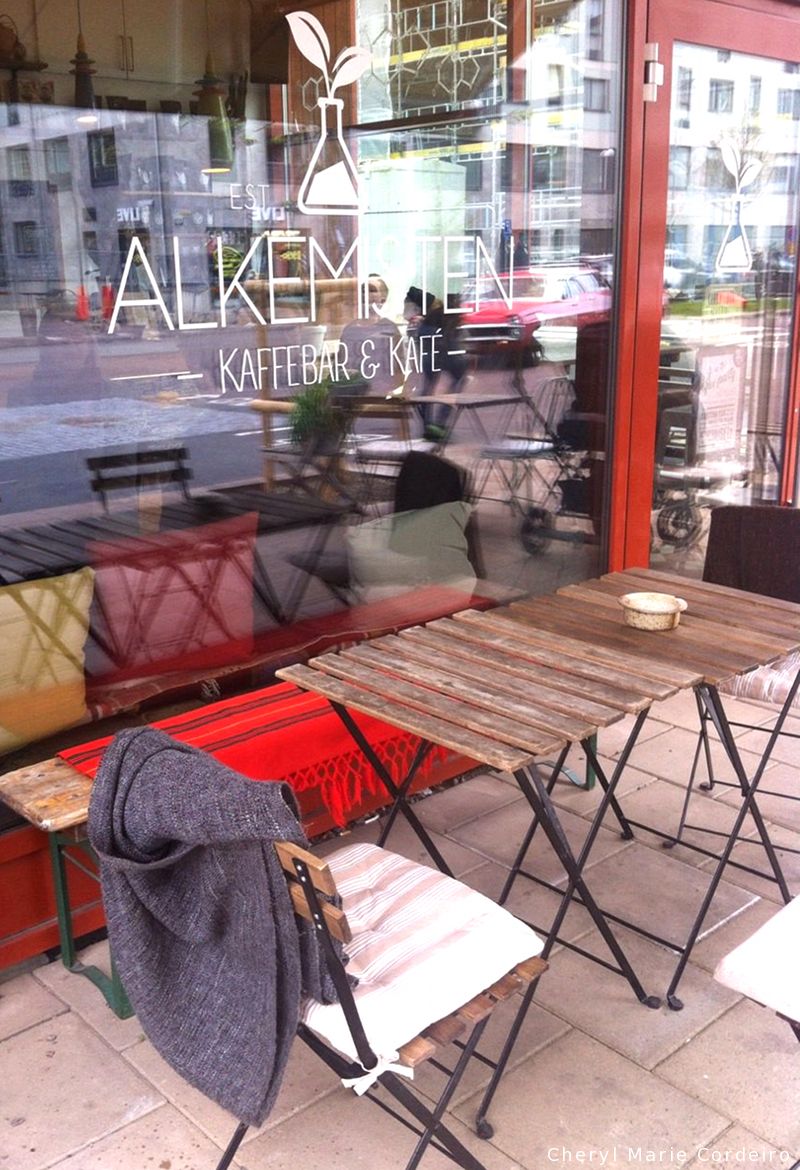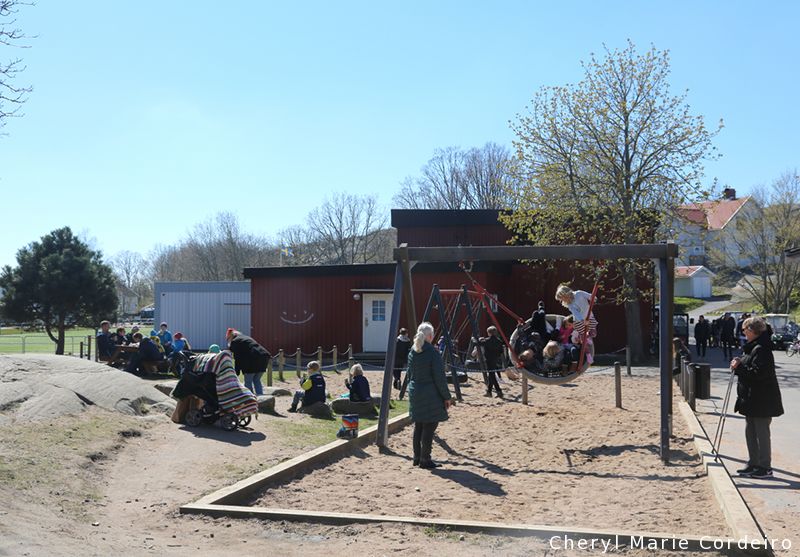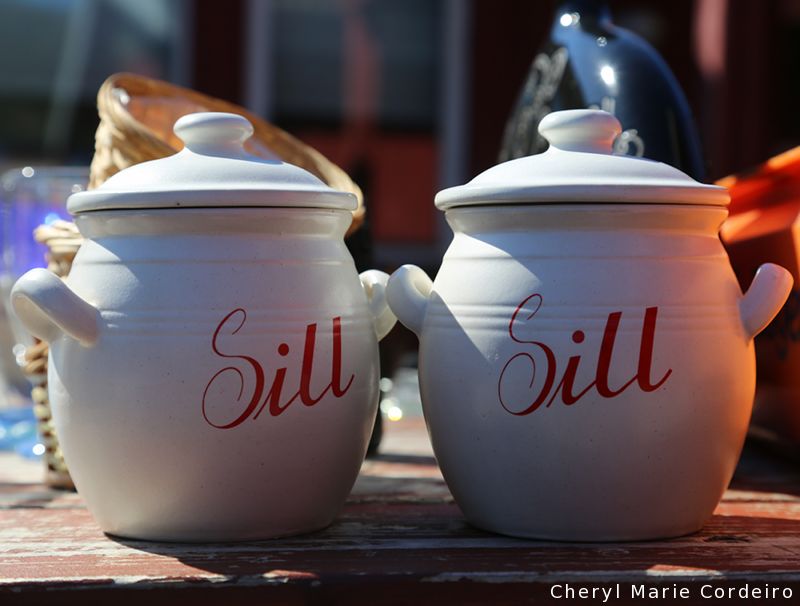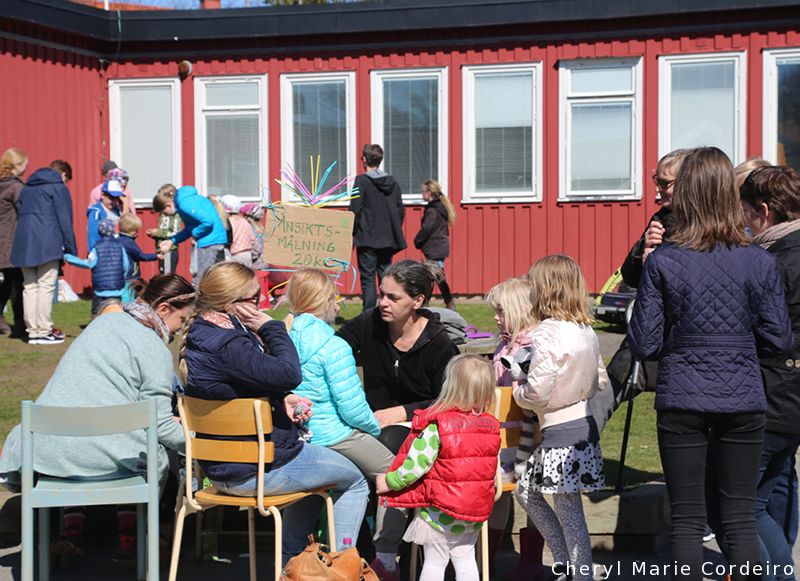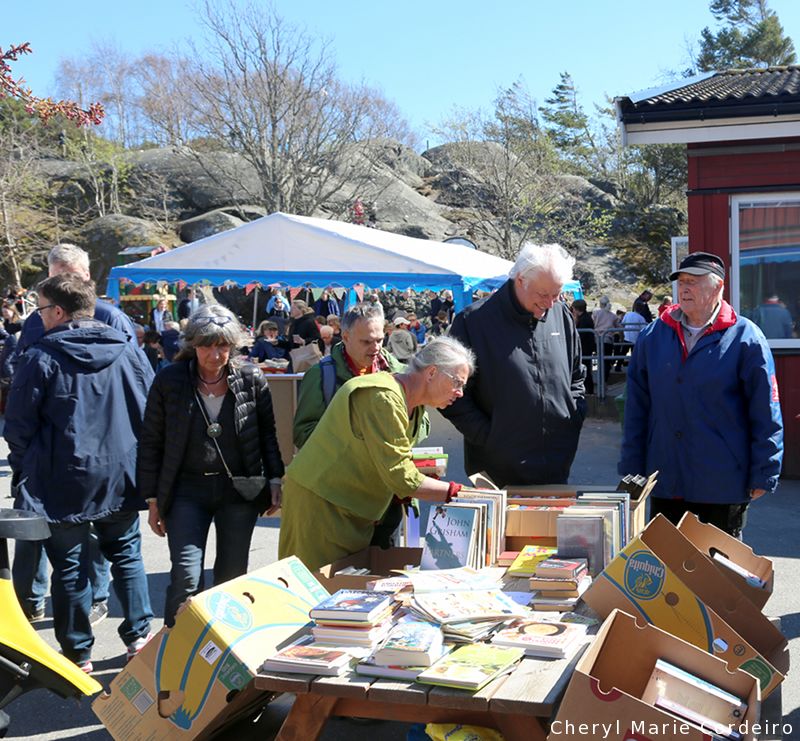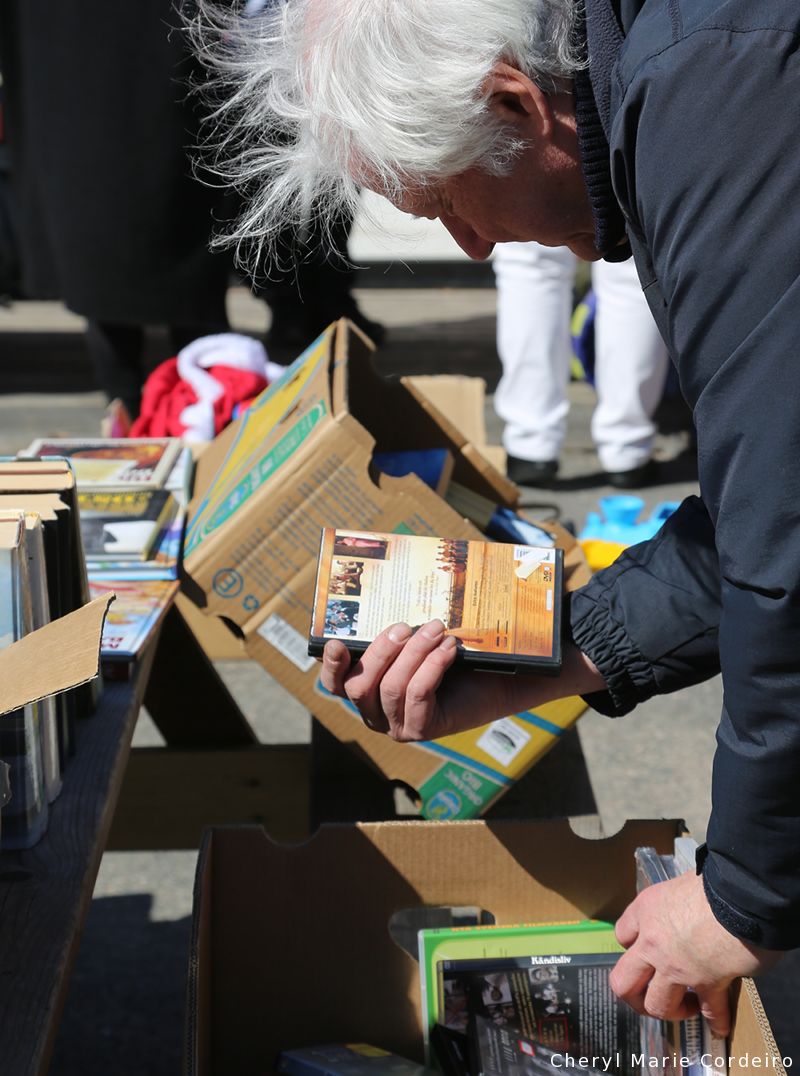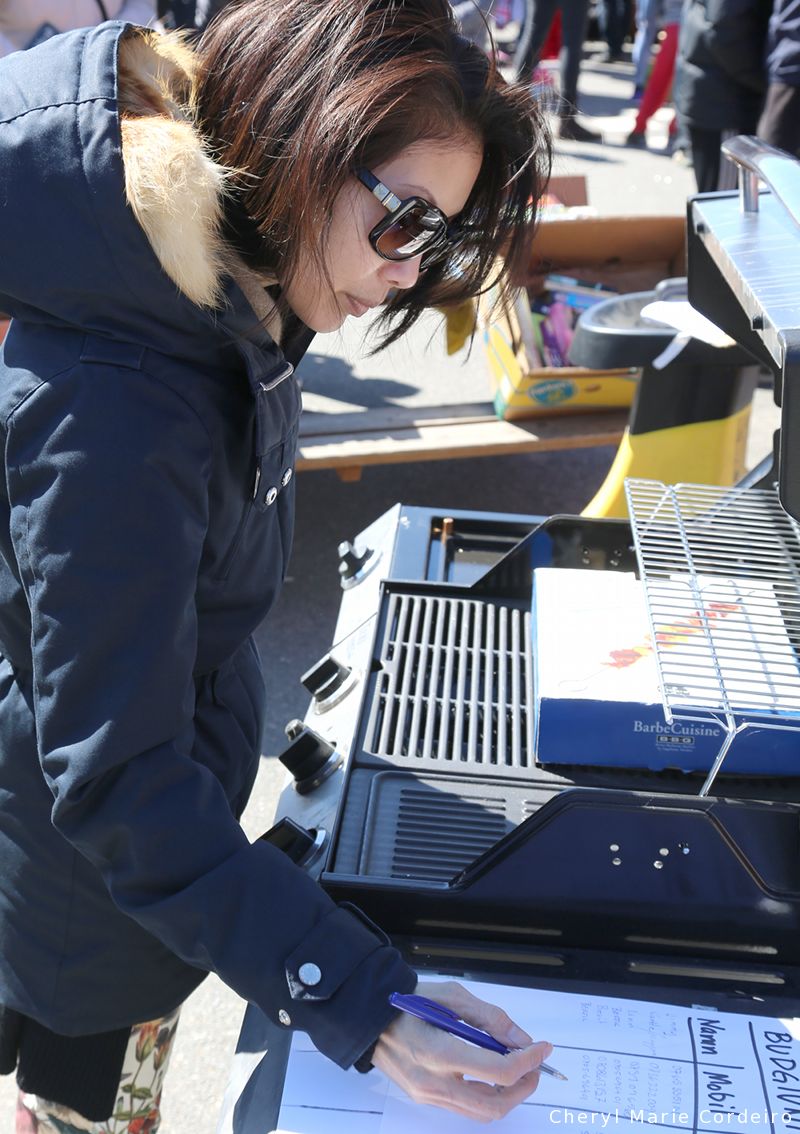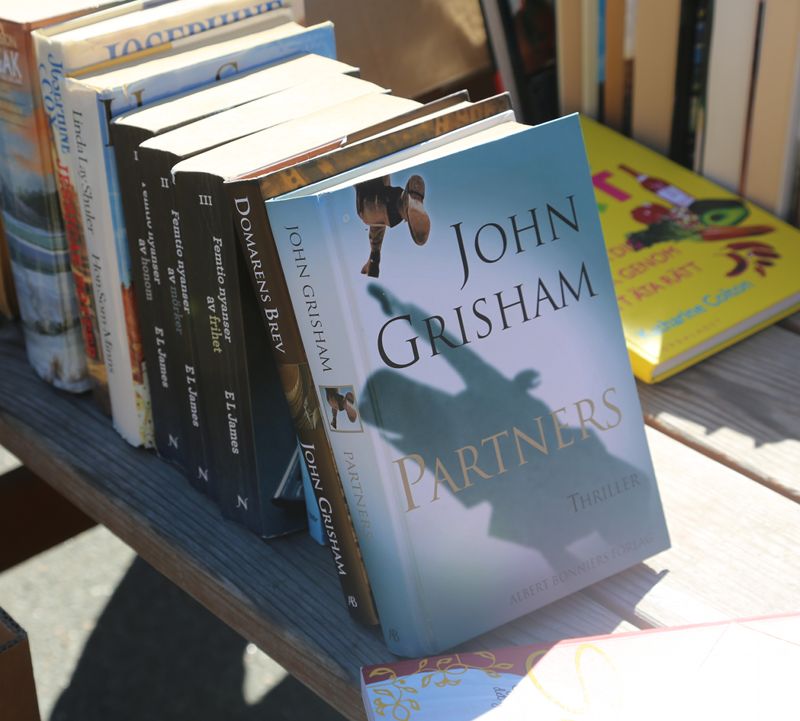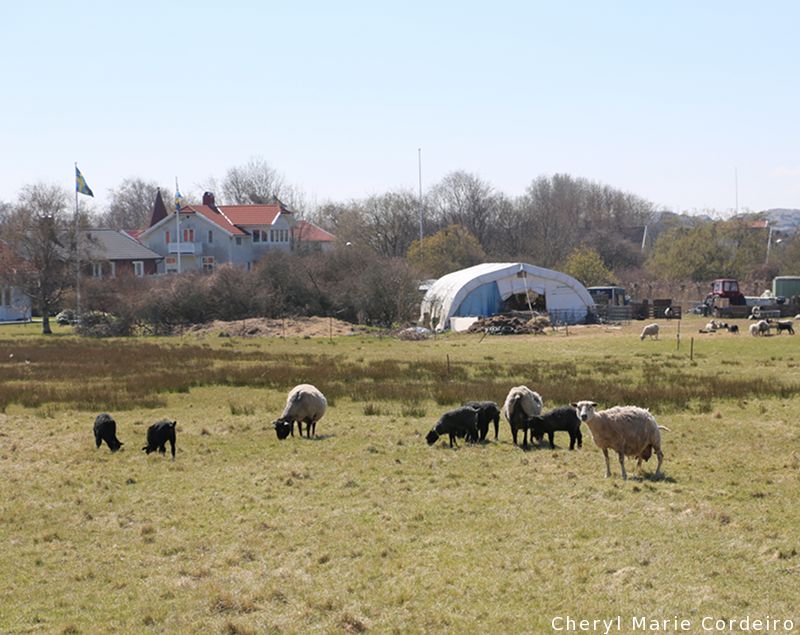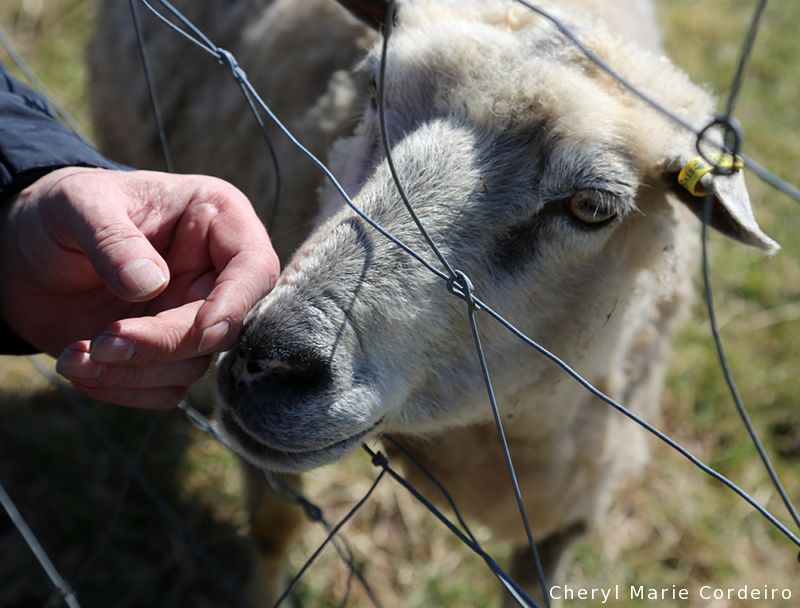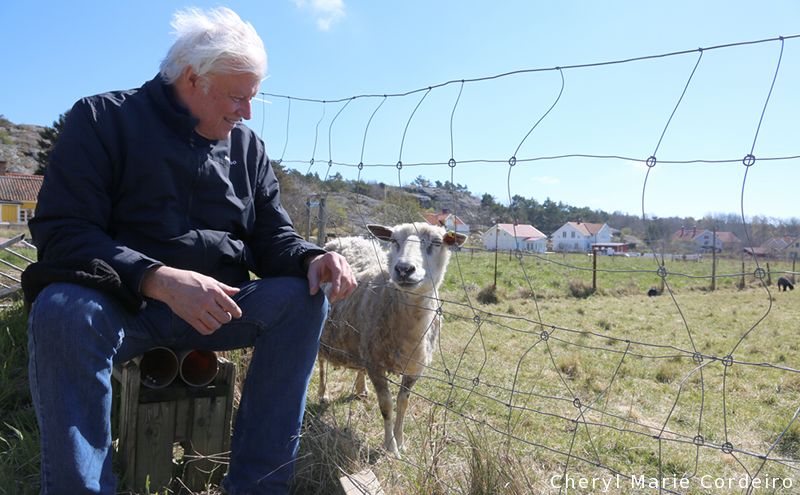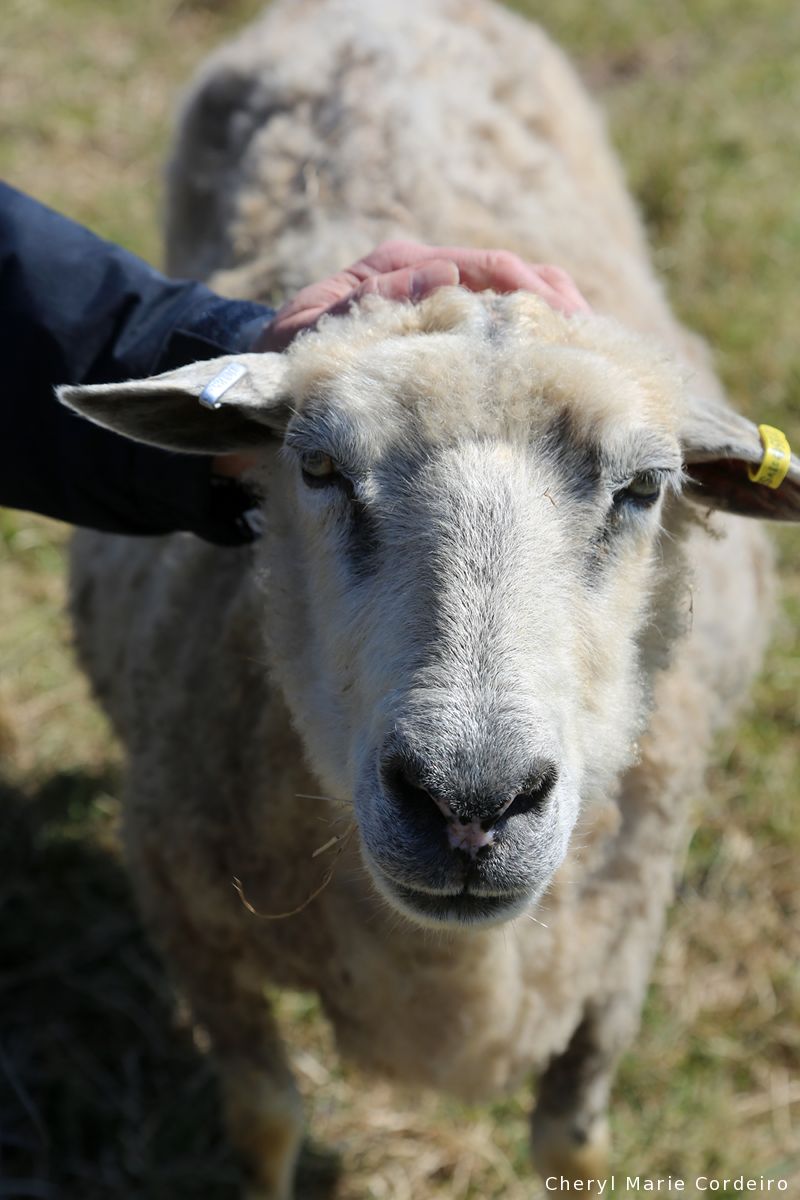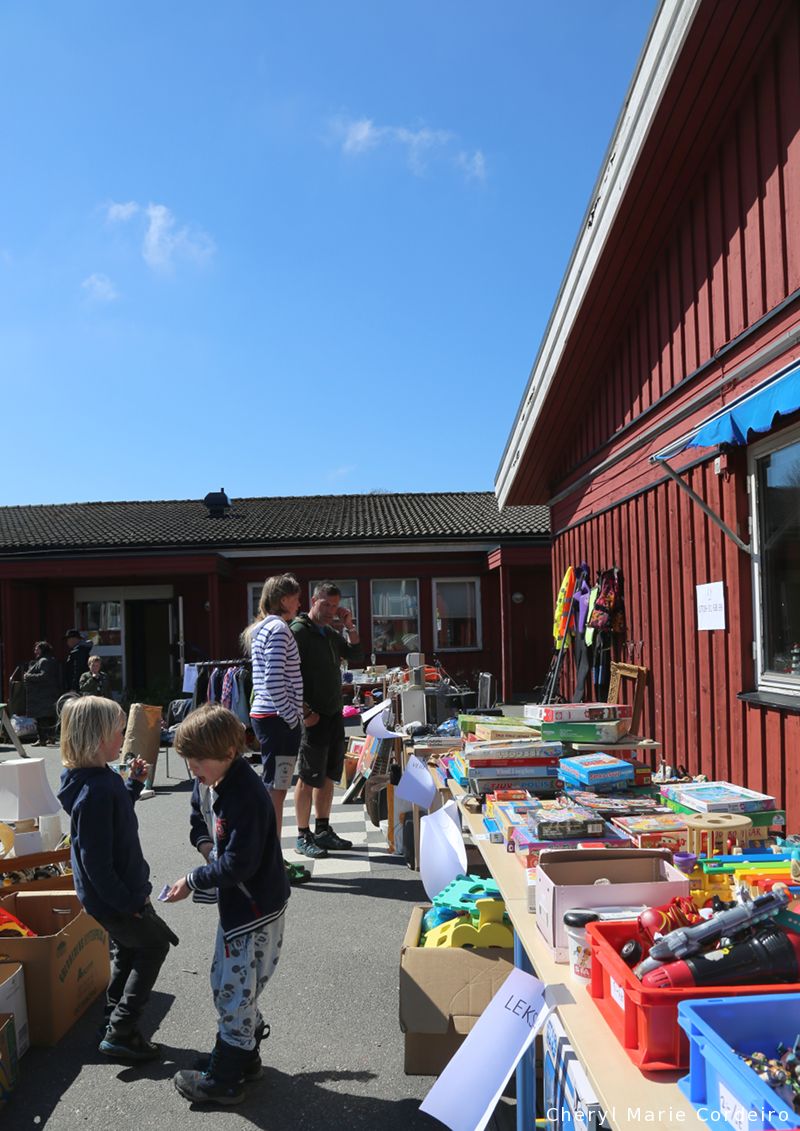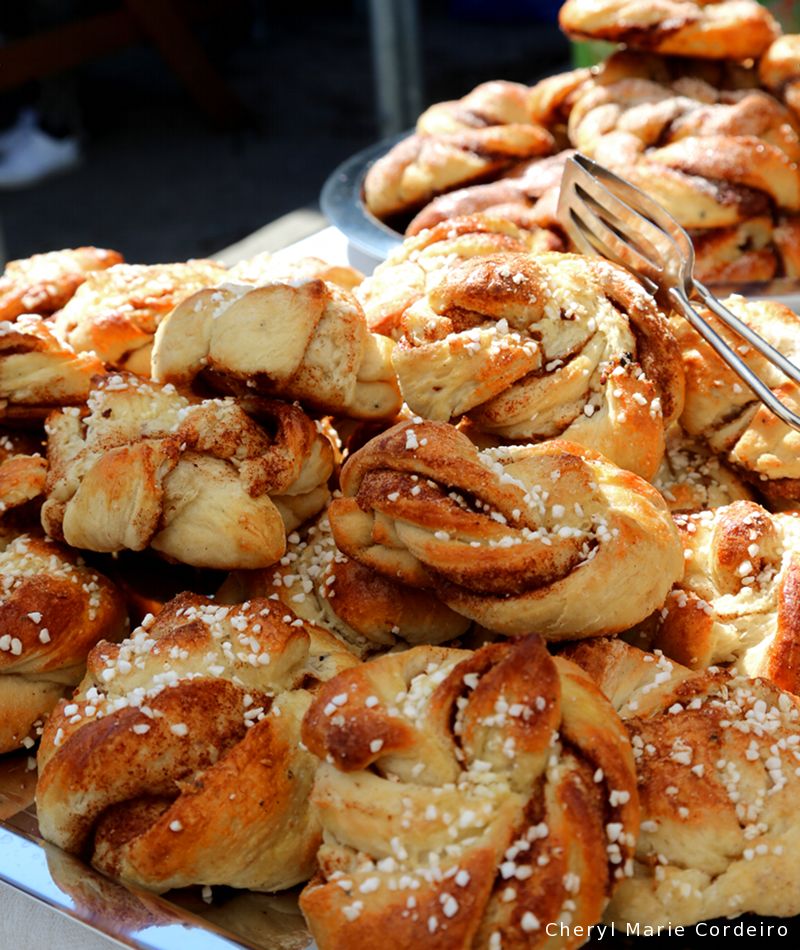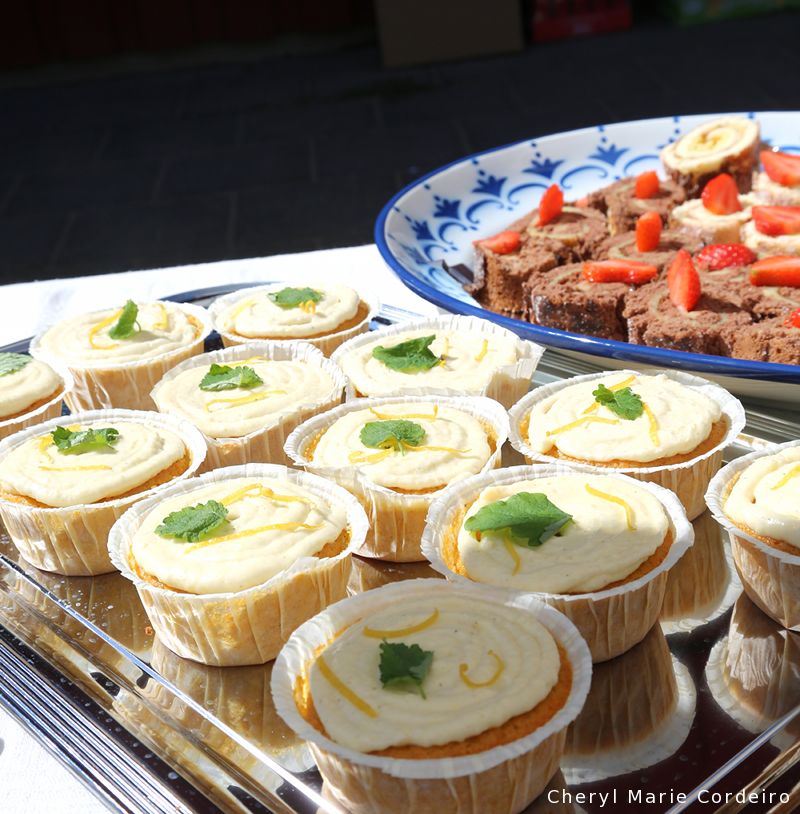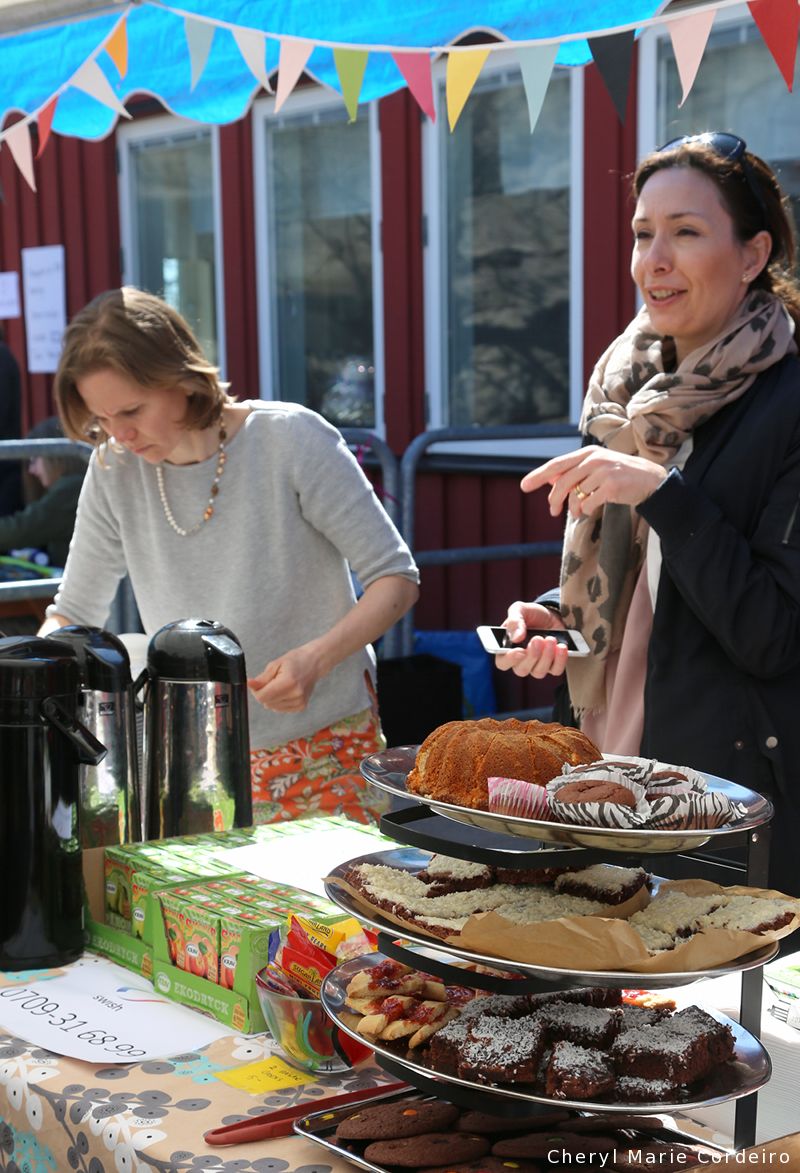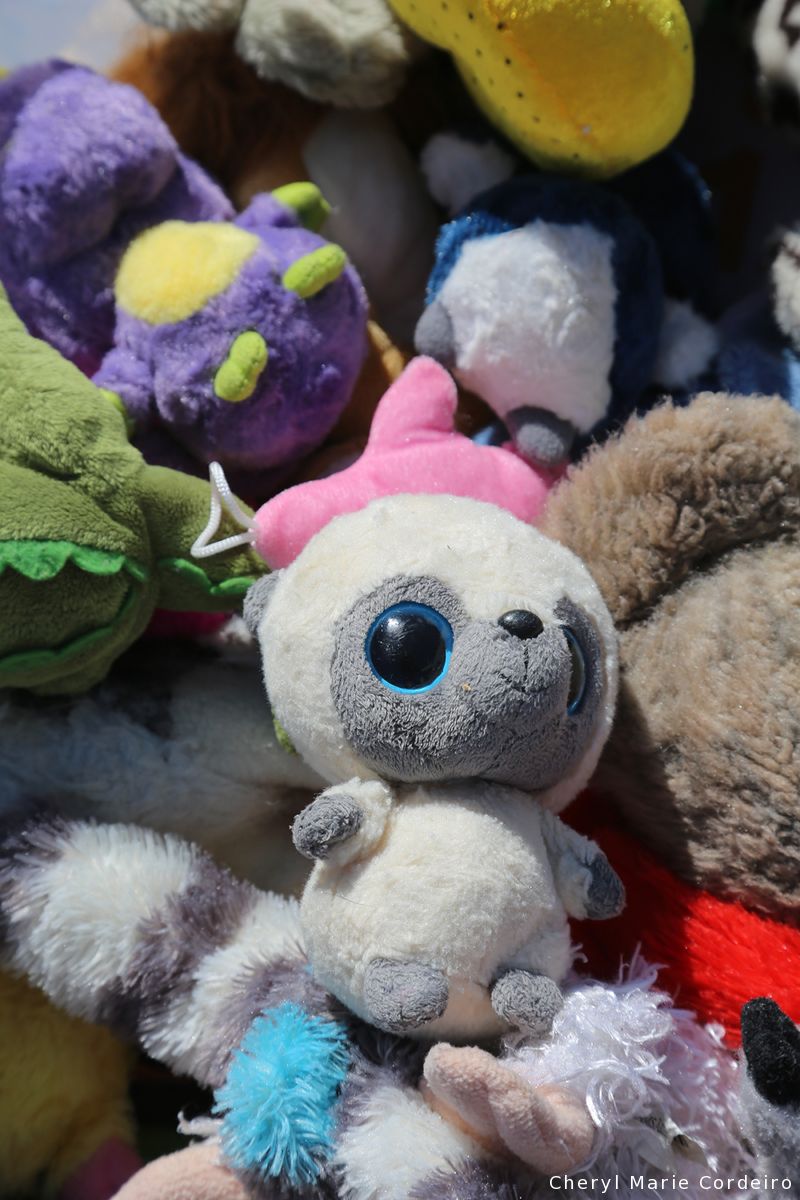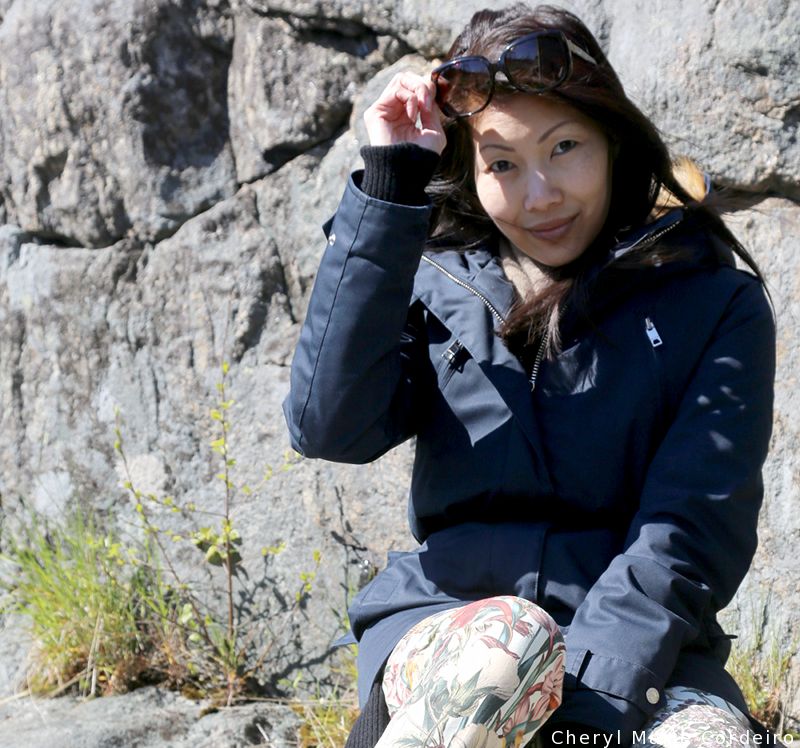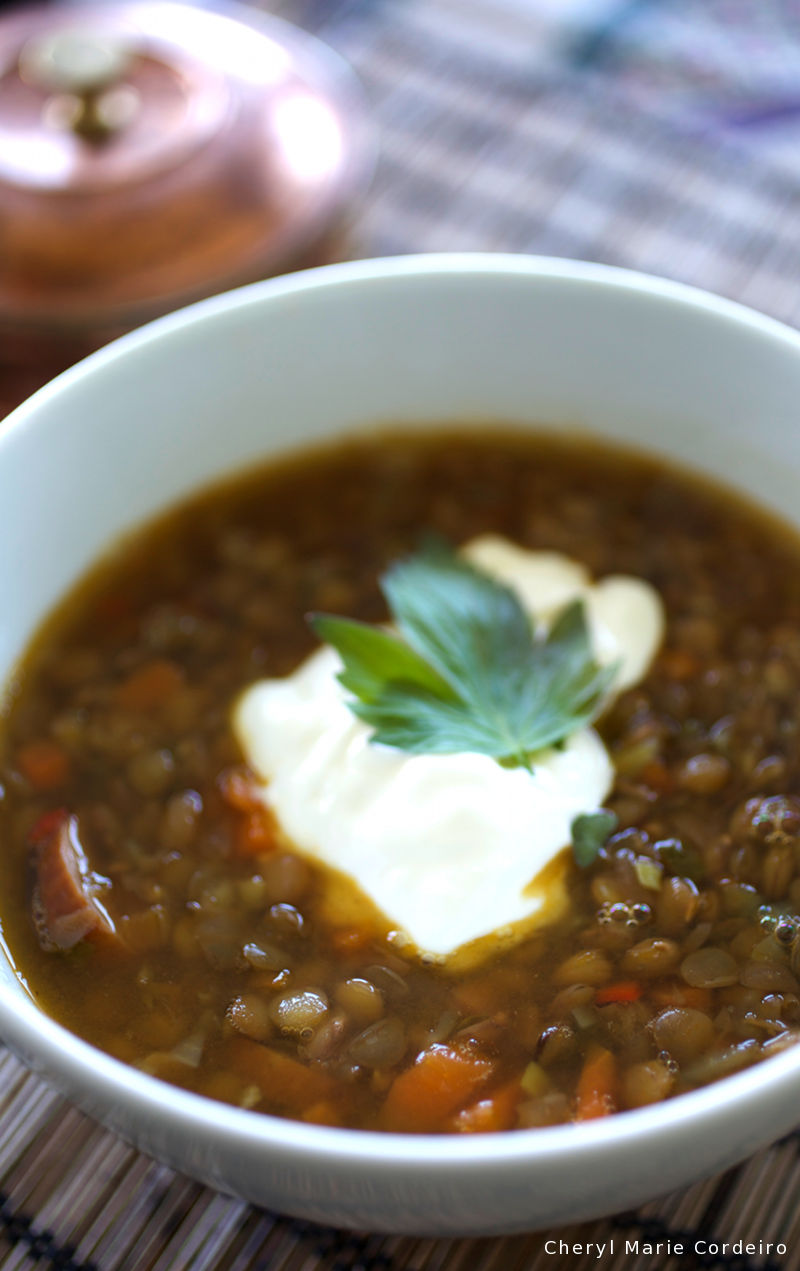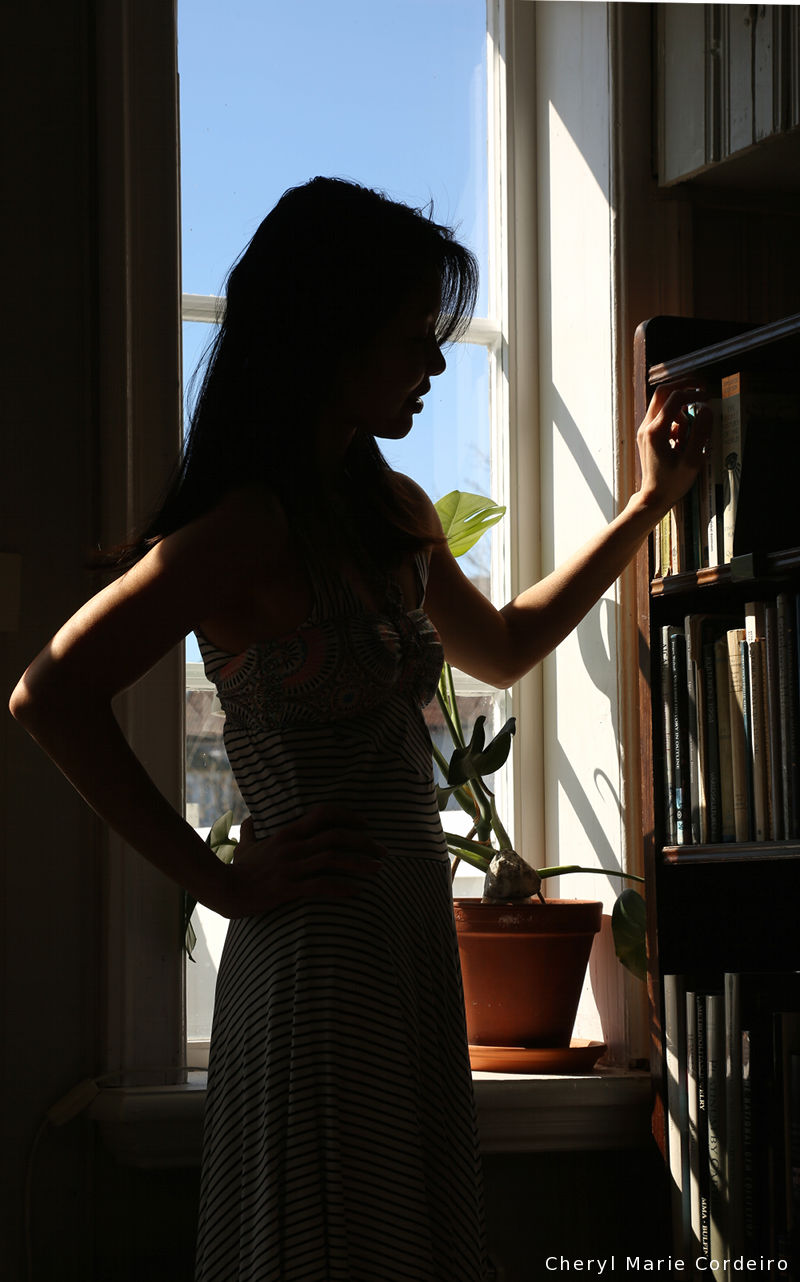Åboulevard or ‘River’ Boulevard.
Åboulevard is one of the more scenic routes to bike or walk in central Copenhagen, Denmark.
A view from Åboulevard across Peblinge Lake.
Text & Photo © JE Nilsson, CM Cordeiro 2017
Most days are gelato days for me, regardless the country or season. After walking around much of central Copenhagen in the evenings for supper, it was still the gelati found at the little Italian shop right next door to the hotel at which I was housed that drew me back to their modest quarters. With walls lined with scenes from southern coastal Italy, it felt like sunshine to walk into the place, even at sundown.
Continue reading “A little bit of Italy at Åboulevard, Copenhagen, Denmark”
